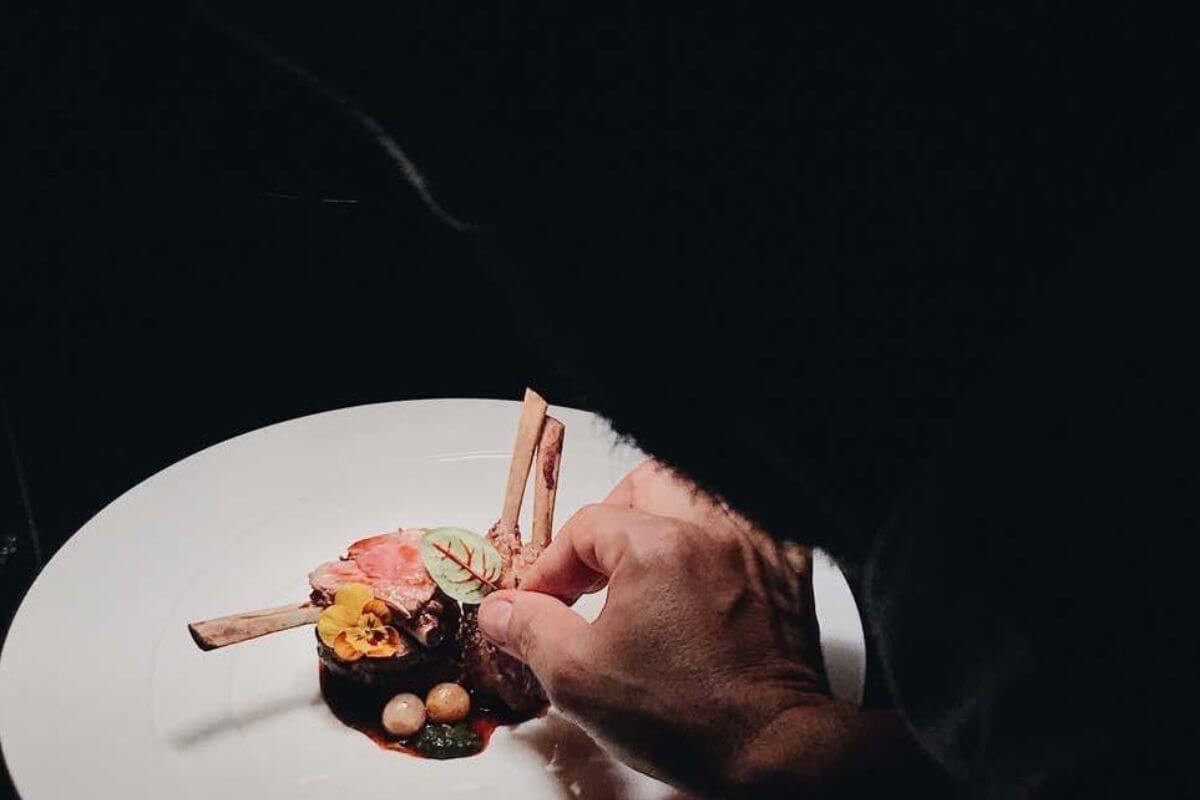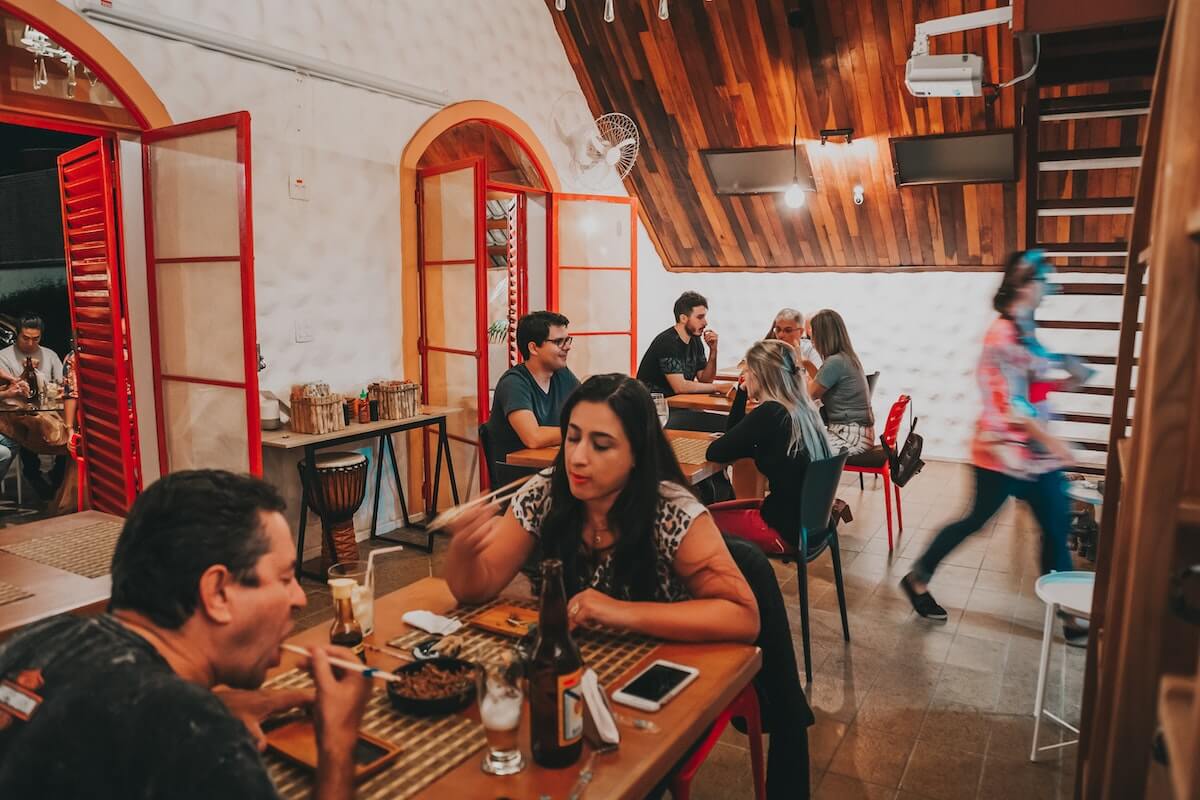Without the roar of flames or the hum of stoves, raw fine dining is making waves as a culinary movement that merges elegance, purity, and innovation into dishes untouched by heat. This isn’t about salads or smoothie bowls—this is haute cuisine, where fermentation replaces frying, dehydration trumps deep-frying, and precision meets plants in their most pristine form.
A Global Awakening of the Raw Palette
Raw fine dining has evolved from fringe wellness circles to center stage in gastronomic capitals. Rooted in raw veganism and inspired by centuries-old traditions like sushi and crudo, this approach emphasizes ingredients in their purest state—uncooked, unprocessed, and often plant-based. As consumers increasingly seek clean, sustainable, and conscious dining, raw cuisine has become more than a novelty; it’s an ethos.
Restaurants such as Elizabeth’s Gone Raw in Washington D.C. have become global trailblazers. Their seven-course tasting menus feature standouts like raw lasagna made from zucchini, cashew cheese, and sun-dried tomato marinara. In Zurich, KLE, led by Michelin-starred Chef Zineb Hattab, offers fermented carrot tartare and nut-based mousse that rival traditional cooked dishes in flavor and artistry.
Technique Over Temperature
The misconception that raw food is simple or bland couldn’t be further from the truth. Gourmet raw cuisine demands extraordinary technique and a deep understanding of ingredients. With heat capped at 118°F (48°C) to preserve natural enzymes, chefs rely on methods like fermentation, dehydration, cold-pressing, and blending.
Tools such as mandolins, spiralizers, and microplanes take the place of gas burners. India’s own culinary traditions—sun-dried chutneys, fermented dosa batter, and spiced pickles—mirror global raw techniques. As Crystal Dawn, founder of the Raw Food Culinary Academy, explains: “Every element in a raw dish must carry its weight. You can’t hide behind butter or searing.”
Sushi: The Standard Bearer
Sushi remains the gold standard of raw gastronomy. At establishments like Sukiyabashi Jiro in Tokyo or The Araki in London, sushi is an art of precision, balance, and restraint. Now, chefs in India are applying sushi’s disciplined craft to local ingredients: raw mango, tamarind, banana blossom, and masala-seasoned sticky rice are being used to create Indianized sushi formats.
The Precision of Plants
At the forefront of raw fine dining is the raw vegan community, where vegetables, nuts, seeds, and fruits are transformed into art. Michelin-starred chef Claire Vallée of France’s ONA (Origine Non Animale) redefines indulgence with dishes like beetroot tartare and avocado mousse with kombu broth.
Indian chefs, too, are innovating with jackfruit, coconut, amaranth, and moringa to elevate raw dishes with indigenous flair. The result? Flavors that challenge assumptions—what is umami without meat? What makes mousse decadent without cream?
Health Meets Hedonism
Raw cuisine offers beauty with benefits. Raw foods are believed to retain more enzymes, vitamins, and phytonutrients. Meals are light yet satisfying, energizing yet gourmet. But this is no diet food—it’s indulgence without regret. At Gauthier Soho in London, Michelin-starred chef Alexis Gauthier serves raw truffle “cheese,” seaweed caviar, and aged cashew brie that redefine culinary luxury.
Sustainability on the Plate
Raw cuisine aligns naturally with sustainability. No stoves mean reduced emissions. Minimal processing reduces energy and water use. Many chefs focus on organic, seasonal, and local produce to cut food miles and packaging waste. Daniel Humm’s transition to a plant-based menu at Eleven Madison Park marks a pivotal shift in luxury dining toward purpose-driven practices.
The Drama Behind the Raw Plate
Behind the serene elegance of raw dishes lies a world of obsessive trial and error. Without the fallbacks of searing or caramelizing, chefs depend entirely on ingredient quality and creativity. Cashew cheese may ferment for 72 hours only to be scrapped if the tang isn’t perfect. Dehydration techniques require near-scientific timing. Even ingredient sourcing becomes an art—perfect heirloom tomatoes or just-ripe figs can make or break a dish.
Raw chefs operate on the edge. “If you give me a flame, I’ll lose the edge,” says an unnamed chef from a Michelin-nominated eatery in Copenhagen. “This is where the thrill lives.”
The Science of Pleasure Without Heat
Raw fine dining doesn’t rely on heat-based chemical reactions like the Maillard effect or caramelization. Instead, it uses biology and timing to build flavor. Creaminess comes from soaked cashews or avocado whipped with cold-pressed oils. Umami is achieved with fermented nut pastes or miso. Chewy textures emerge through careful dehydration. It’s not just food science—it’s neurogastronomy, designed to trigger dopamine and pleasure through flavor, color, crunch, and aroma.
In India, superfoods like ashwagandha, tulsi, and triphala are being incorporated to add both sensory and nutritional depth.
Goa’s Gourmet Shift: Raw Dining on the Coast
Once known for its beach shacks, Goa is now a raw dining hotspot. Wellness retreats like Bhakti Kutir in Palolem and Purple Valley Yoga in Assagao offer curated raw meals with local ingredients. Cafés like Greenr, Artjuna, and Earth Mama serve raw breakfast bowls, kefirs, and sprouted wraps using Goan ingredients such as kokum, jackfruit, and tambdi bhaji.
Chefs partner with local farmers in Canacona and Siolim to source organic moringa, heritage tomatoes, and other raw essentials. Goa’s slow pace and wellness-driven crowd make it an ideal launchpad for India’s raw culinary evolution.
Raw Innovation in India: Tradition Meets Modernity
India’s sattvic philosophy and Ayurvedic wisdom provide a natural framework for raw innovation. From Kerala’s raw banana salads to Gujarat’s “kacha kela nu shaak,” uncooked foods are part of the cultural fabric. Chefs like Shantanu Gupte in Goa are creating raw pop-up experiences with dehydrated beetroot chaat and coconut kefir panna cotta. In Mumbai and Bangalore, cafes like Rare Earth and Earthlings offer probiotic turmeric shots, cashew cheesecakes, and raw fusion menus in collaboration with yoga and wellness resorts.
India is not just adopting raw cuisine—it’s enriching it with centuries of wisdom and biodiversity.
Final Bite: A Flame-Free Future?
Raw fine dining may not replace fire-based cooking, but it is rewriting the rules of luxury gastronomy. In a world craving sustainability, authenticity, and health, raw is not just a trend—it’s a revolution. Each uncooked plate is a tribute to nature, art, and restraint. Each bite sings louder, not because of spice, but because nothing drowns it out.
No flames allowed. Just flavor, finesse, and fearless creativity.









